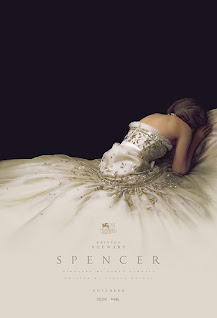LICORICE PIZZA ***1/2
IDEA: A teen actor and a disaffected 20-something woman navigate film industry eccentrics, business endeavors, and politics in the San Fernando Valley of 1973.
BLURB: The Hollywood of Licorice Pizza is infectious; its showbiz attitudes seep into the daily lives of those within its proximity, informing the behaviors of everyone from minor child actors to zealous agents and restaurateurs. Not unlike the poison mushrooms of Anderson’s prior film, the motion picture industry here is a perverting, ego-altering toxin, equally fragrant and rancid, capable of twisting relationships and their underlying structures of desire into exceedingly strange geometries. It’s also an age-warping force that turns a 15-year-old boy into a cocksure entrepreneur and wannabe Lothario, and a young, directionless woman into, alternately, his guardian, starry-eyed friend, employee, and vampish boss. In this rich, mutating exchange of performance and power, Licorice Pizza is more allied with Anderson’s recent films than its bright, breezy, lackadaisical SoCal surface might have one believe. The writer-director threads through his would-be nostalgia piece a pas de deux of manipulation and oneupmanship as juicy as the one in The Master, and fleshes out a 1970s LA as suffused with the air of cultural danger as Inherent Vie. Yet departing from those films’ violently tortured couplings, Licorice Pizza’s greatest coup - one bolstered by the sensational performances of Alana Haim and Cooper Hoffman - is in how it transforms its putatively unnatural quasi-romance into a perfect collision of complementing personalities, a beacon of mutual personal maturation in an environment seemingly conducive to anything but that. Toggling deftly between the sunny and the antic, Anderson furnishes a quixotic yet realistically turbulent roadmap for Alana and Gary to find their ways through the maze of hoary Hollywood leches, pervasive consumerism, and sociopolitical turmoil that constitutes their surreal world; maybe in this context, he suggests, the two really can feel just right together.














